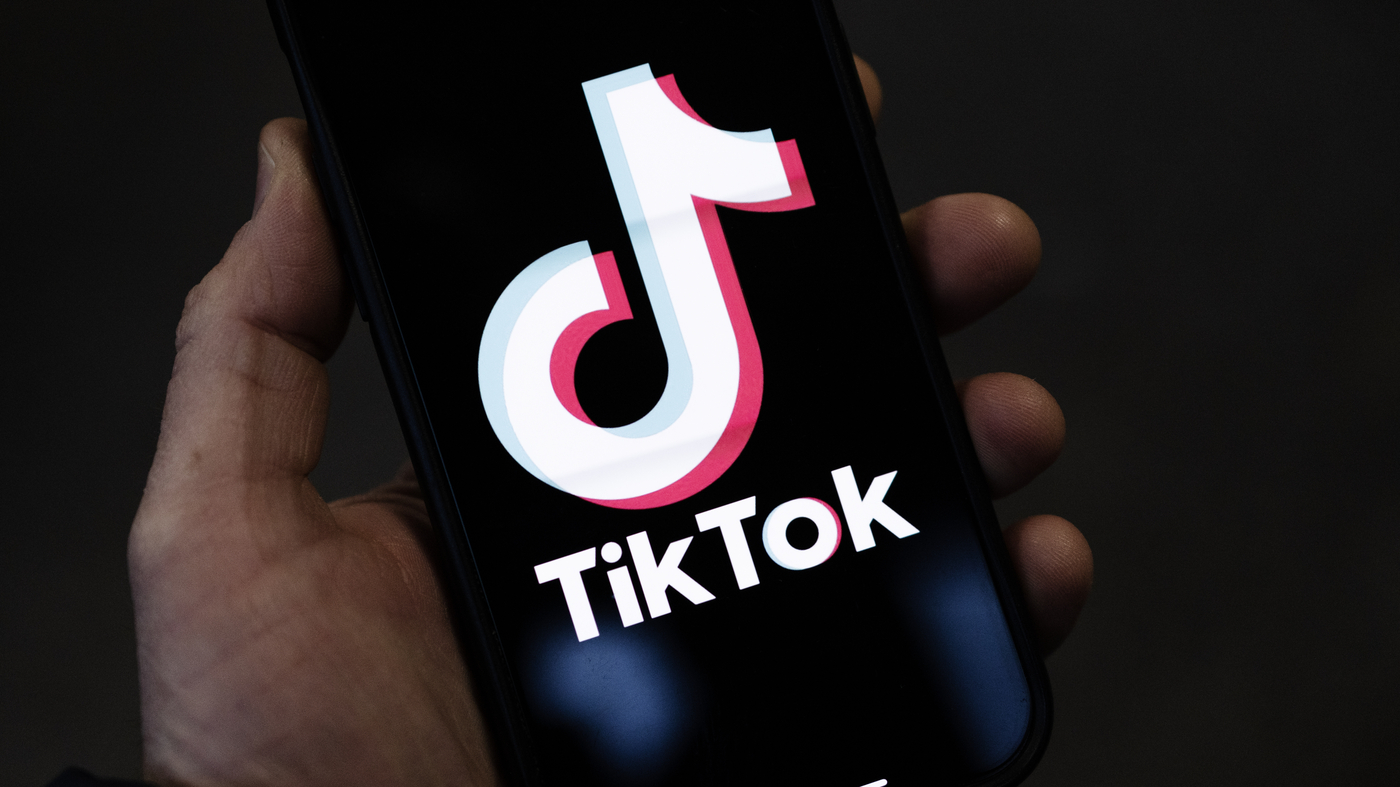In 2020, TikTok emerged as a cultural phenomenon, captivating users with its short, snappy dancing and comedy clips during the early days of the Covid-19 pandemic. This triggered a short-form video arms race among social media giants like Facebook, Instagram, and YouTube, all vying to replicate TikTok’s success. However, in a surprising turn, TikTok is now steering its course towards longer videos, challenging the very essence of its initial appeal.
This Saturday marks the official phase-out of TikTok’s original “Creator Fund,” signaling a shift toward the new “Creativity Program Beta.” Under this program, content creators seeking monetization will need to produce videos exceeding one minute in length. While this move aligns TikTok with the more lucrative long-form content model, some creators express frustration, fearing a departure from the platform’s roots as a hub for short, easily digestible content.
Nicki Apostolou, a TikTok creator focusing on Native American history and culture, with nearly 150,000 followers, voices concerns, stating, “I don’t always have a minute of content in me.” The sentiment echoes among creators who joined TikTok for its short-form appeal, feeling alienated by the platform’s shift towards a “mini YouTube” model.
TikTok spokesperson Zachary Kizer justifies the move, citing feedback from the community and the need to evolve. The shift towards longer-form content is seen as a strategic business decision, aiming to keep users engaged for extended periods and attract advertisers with more monetization possibilities.
Over the past three years, TikTok has incrementally increased video length limits, currently testing 15-minute uploads. The new Creativity Program targets adult creators with 10,000 or more followers, promising higher pay for videos surpassing the one-minute mark.
While TikTok encourages creators with the prospect of increased payments and deeper audience engagement, critics argue that the platform risks losing its distinct identity. The challenge for creators lies in adapting to the demands of longer content, with concerns about the dwindling attention spans of today’s audience.
Despite apprehensions, TikTok reports creators making longer-form content have more than doubled their earnings in the past year. The platform insists that video recommendations are based on user preferences rather than length, aiming to allay fears of marginalized short-form creators.
As TikTok embraces this evolution, creators like Aly Tabizon express both excitement and concern. Monetizing short astrology videos has been “life-changing,” yet the transition to longer content may pose challenges, given the prevailing eight to ten-second attention span. Tabizon, however, remains open to experimentation, acknowledging the potential for greater pay.
For some, the shift to longer videos raises issues of resource constraints. Laura Riegle, a TikTok creator known for short, snappy content, highlights the increased time and effort required for long-form videos, posing challenges for creators with limited free time.
TikTok, recognizing the evolving landscape, offers alternative monetization avenues such as subscriptions and tips. However, skepticism persists among creators who find these methods akin to “busking on the street” and potentially unsustainable.
As TikTok navigates this transition, the platform faces the delicate task of balancing the demands of longer-form content with the expectations and preferences of its diverse creator community.

